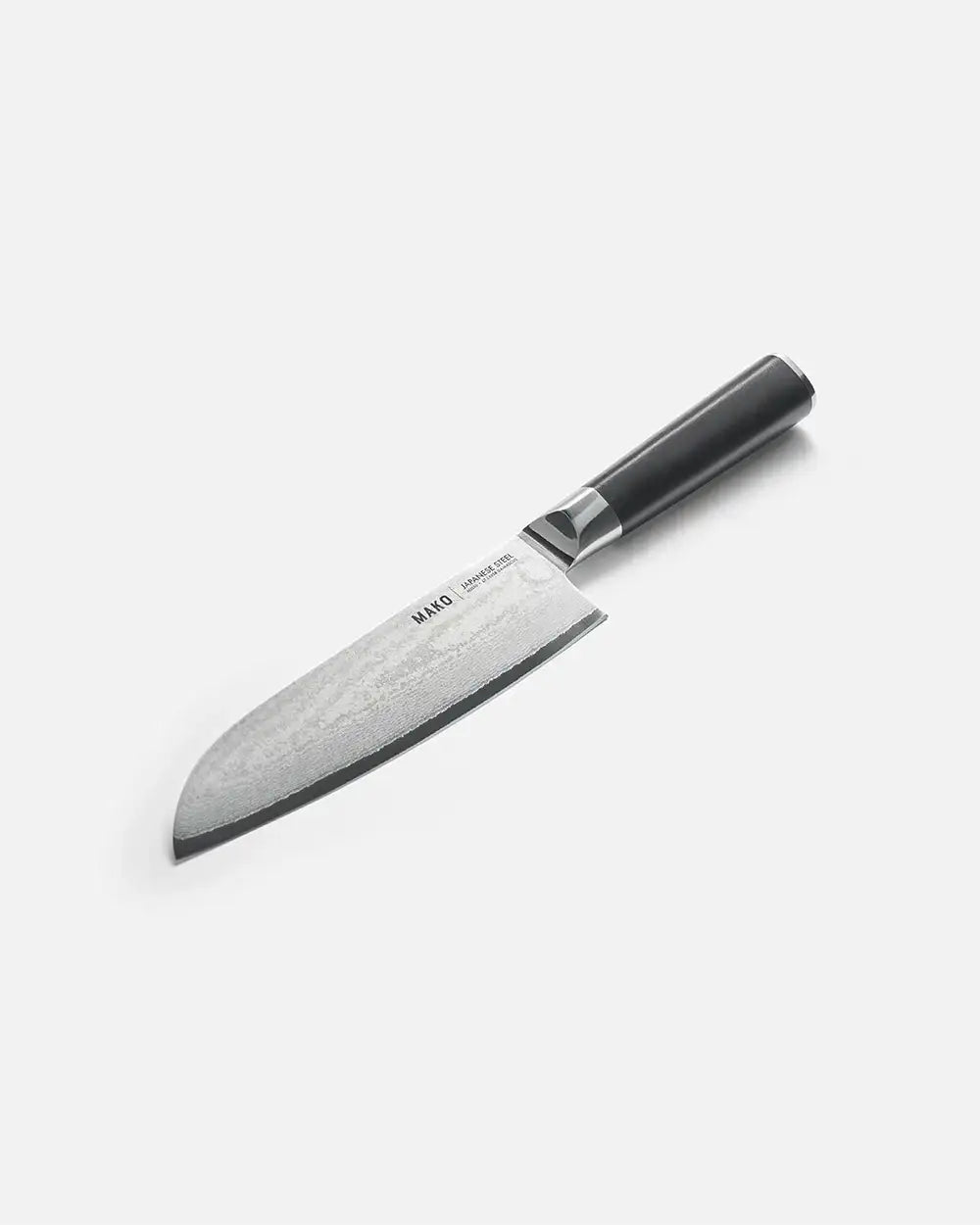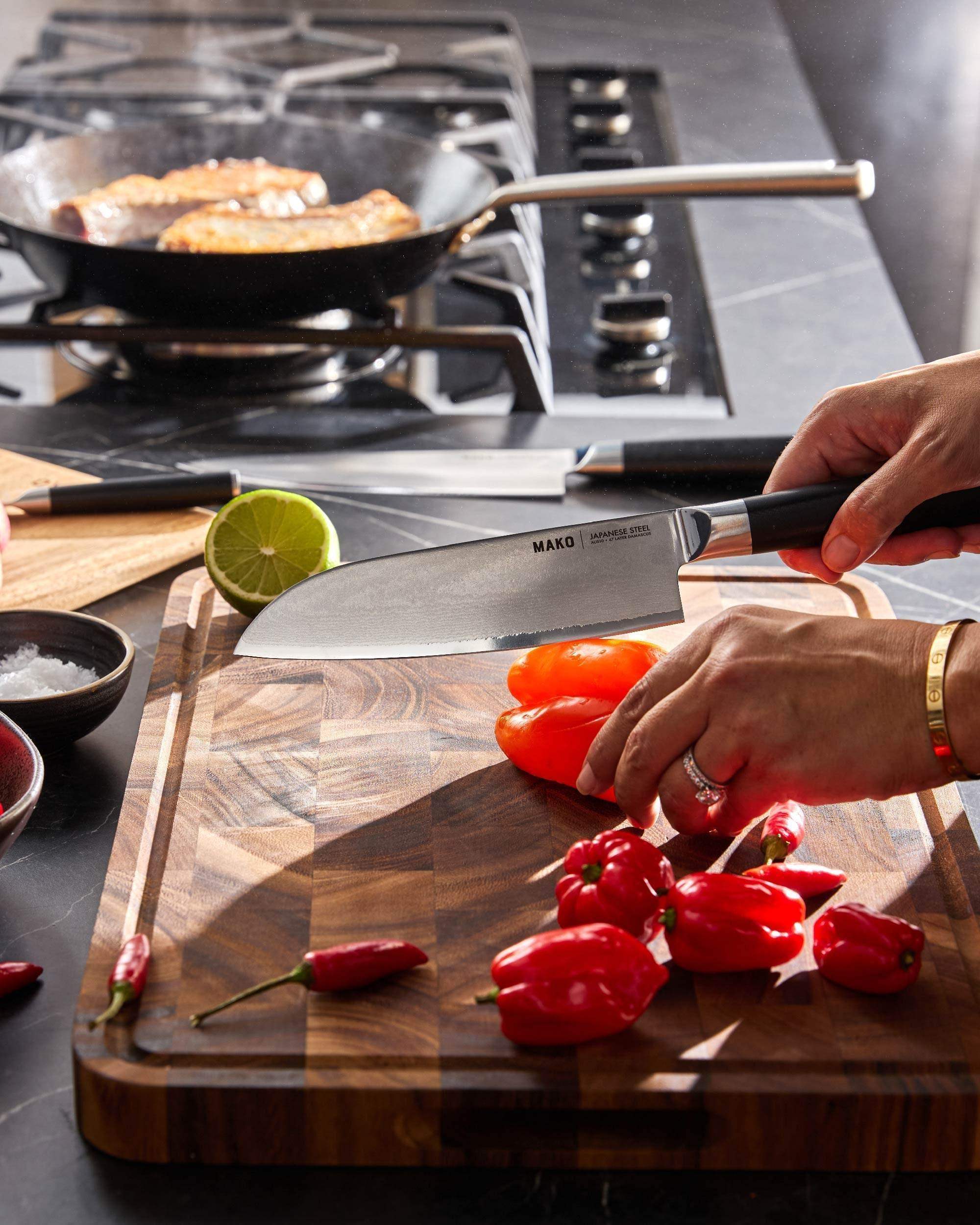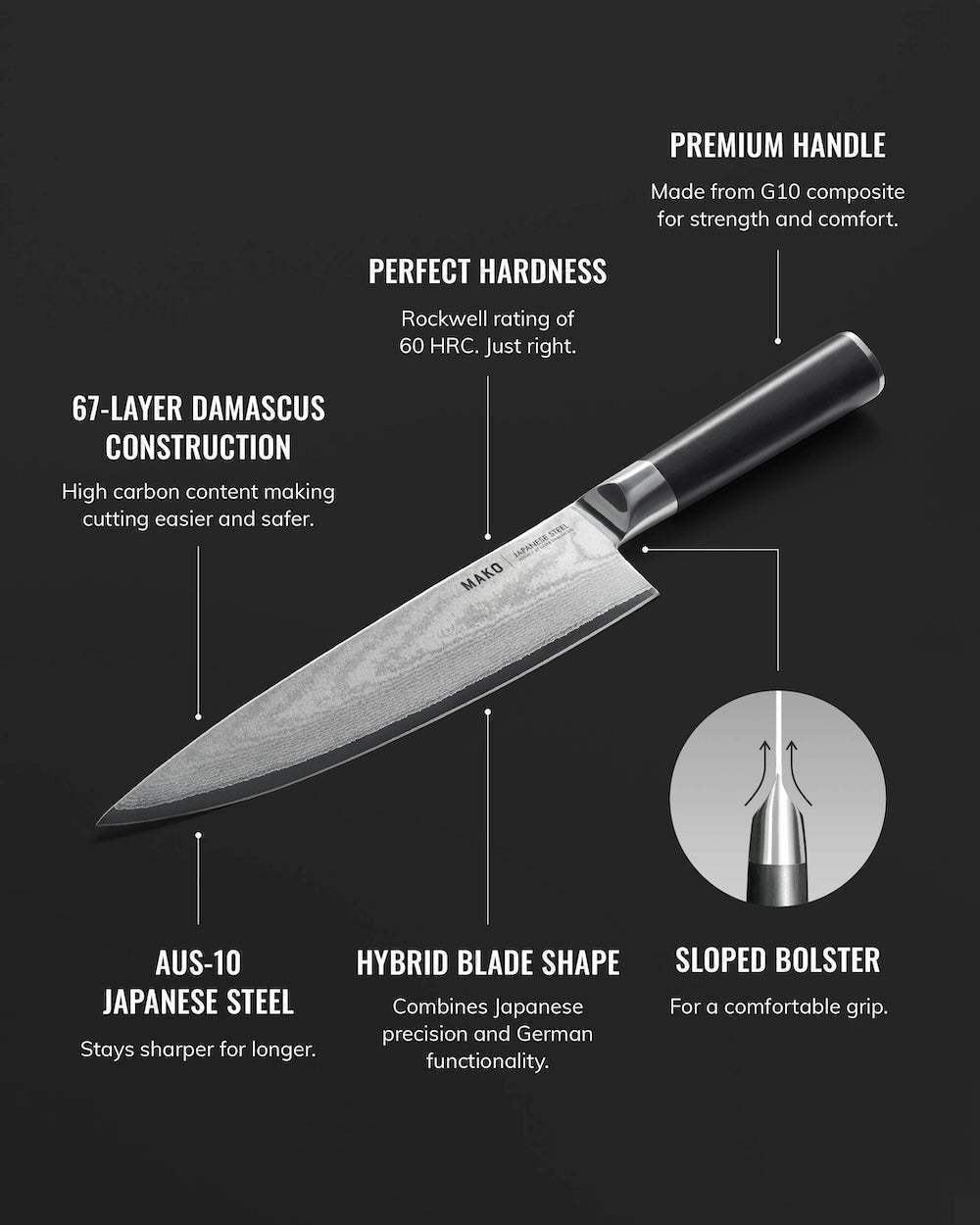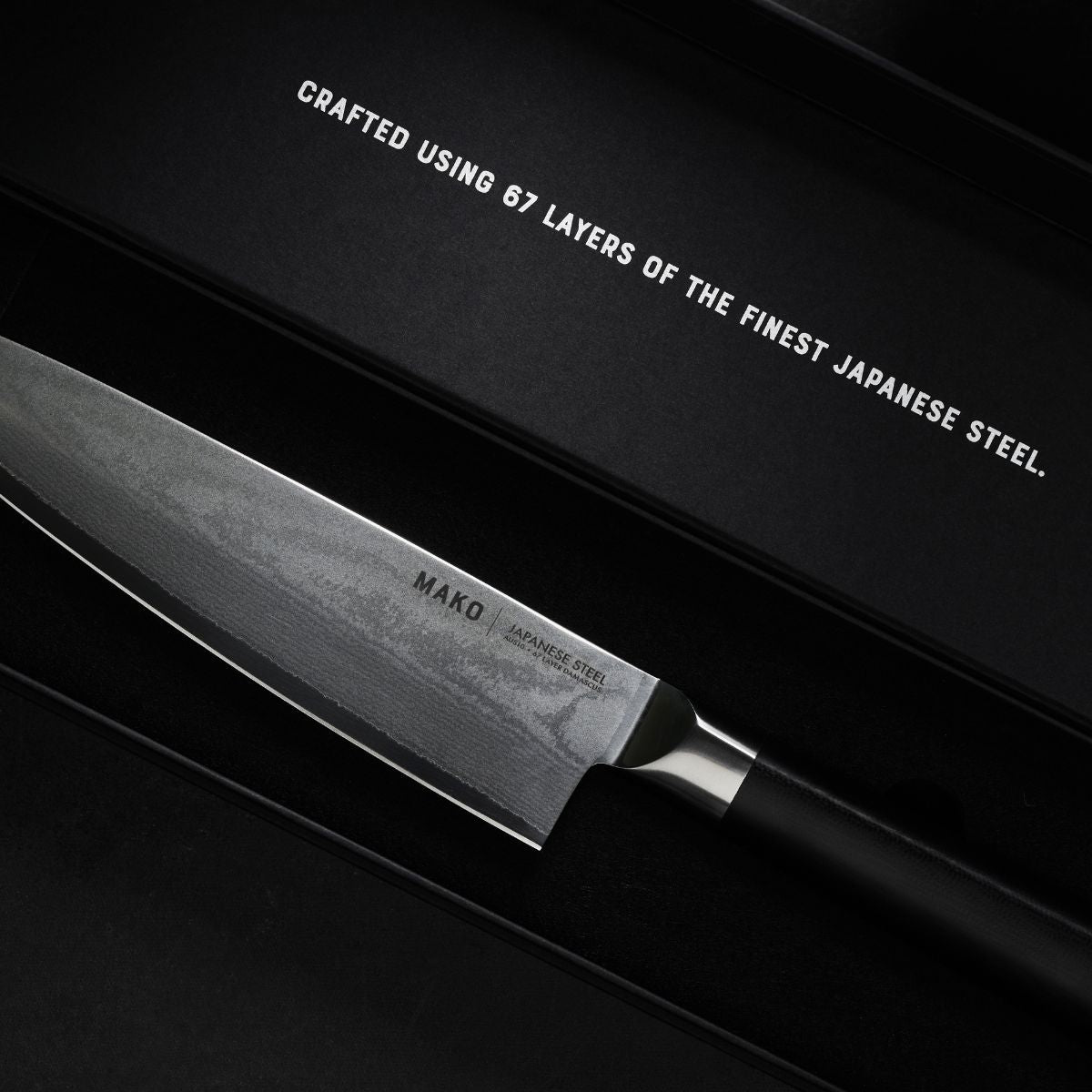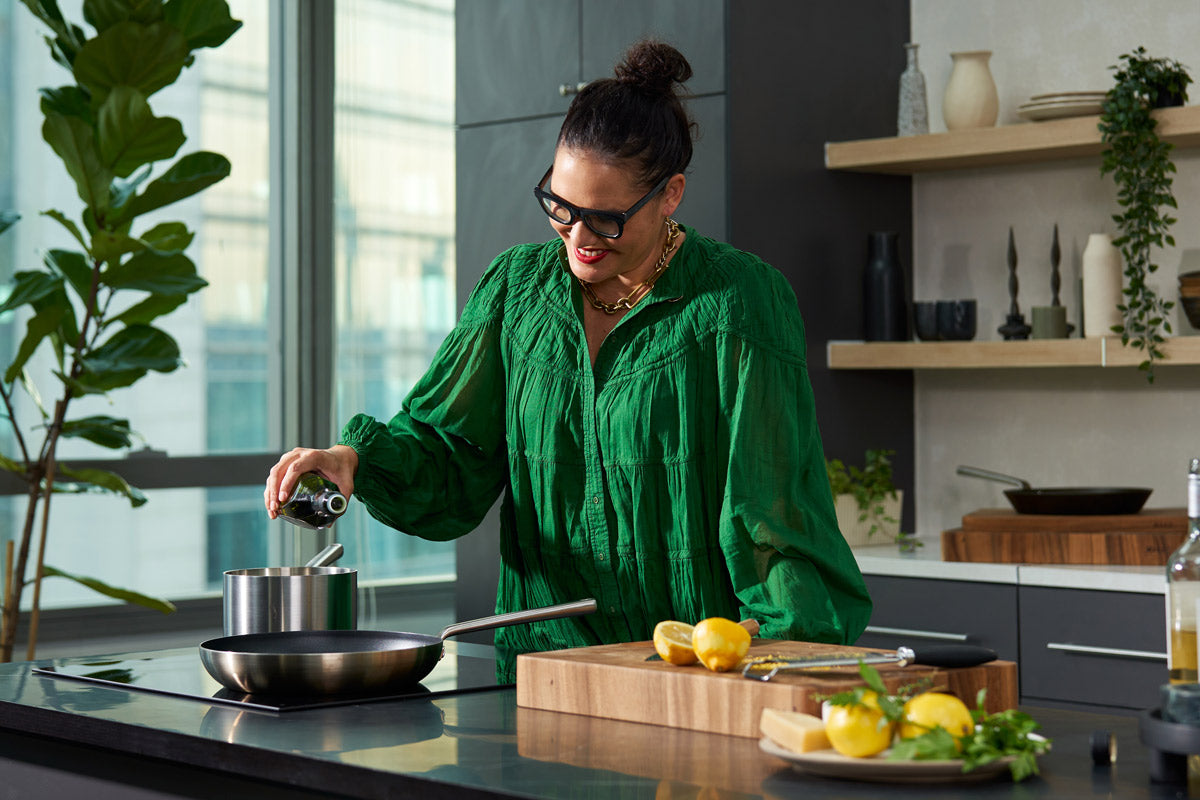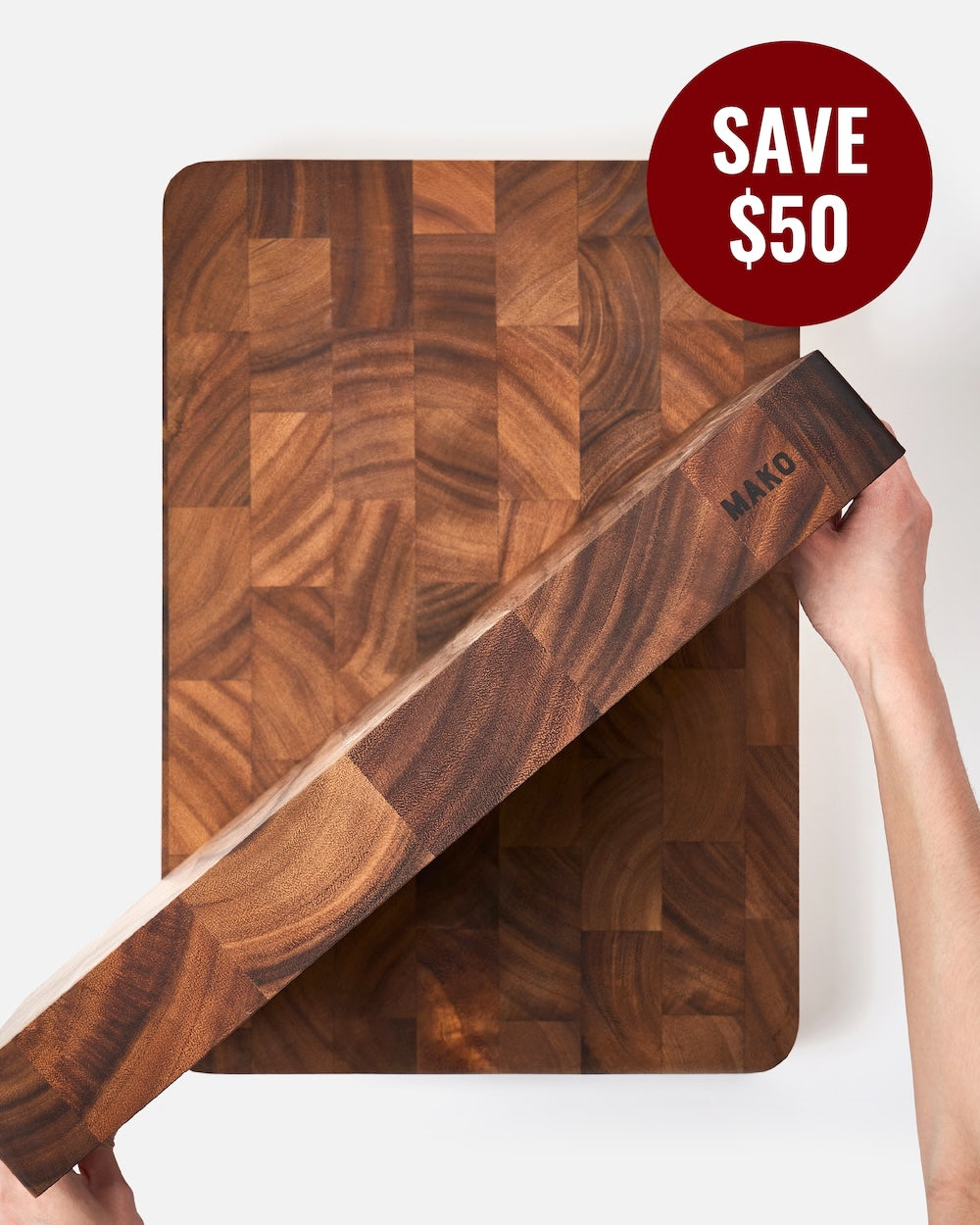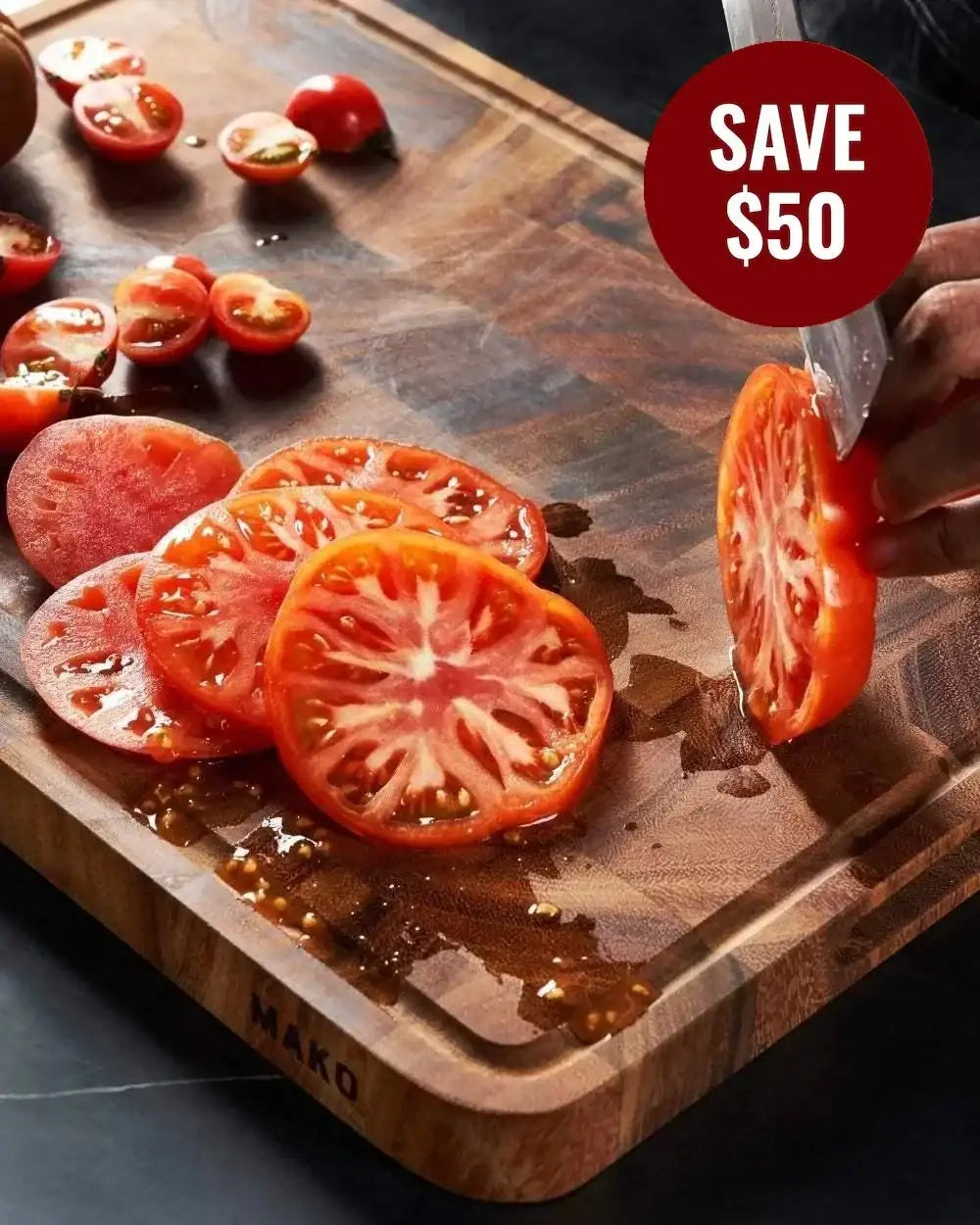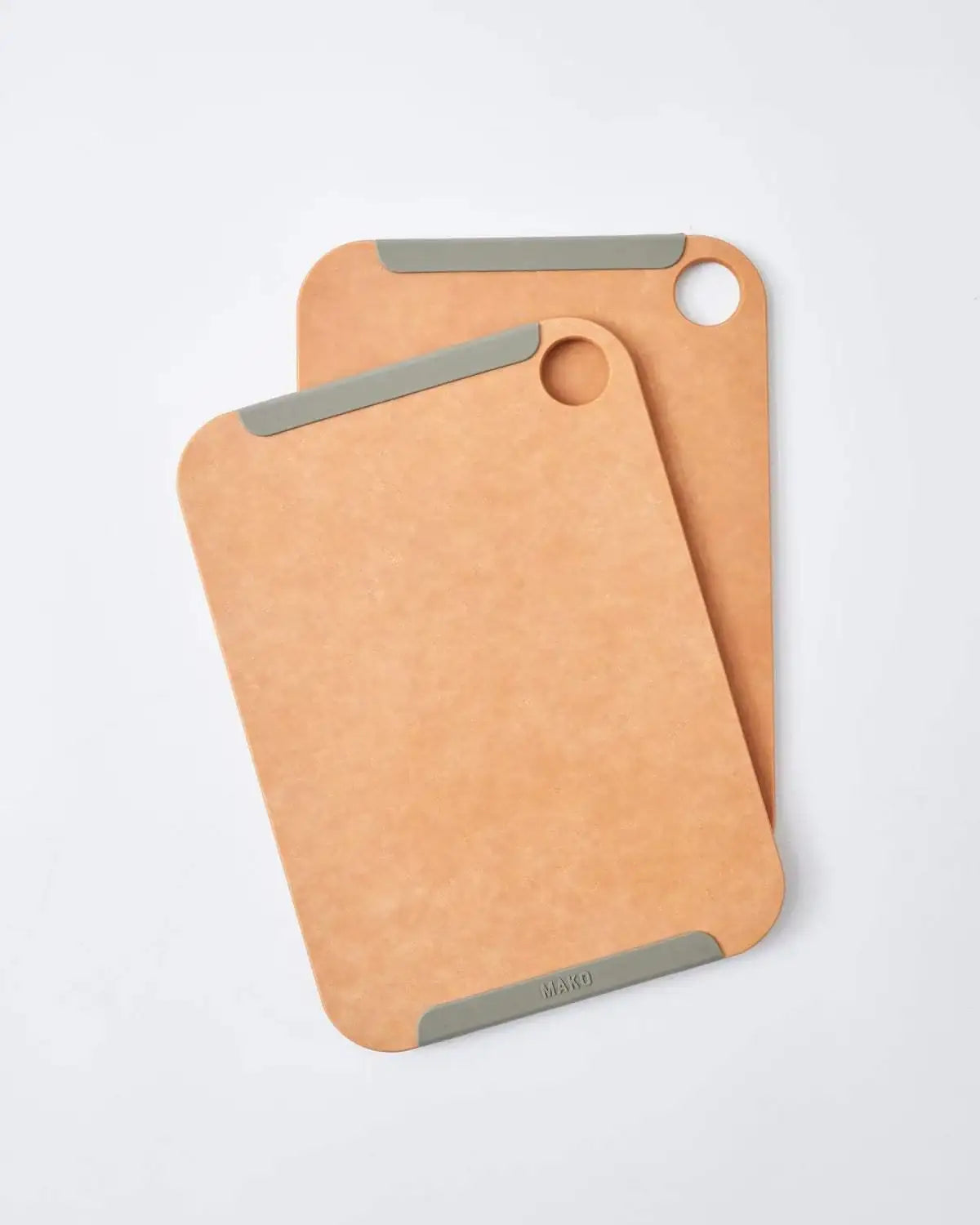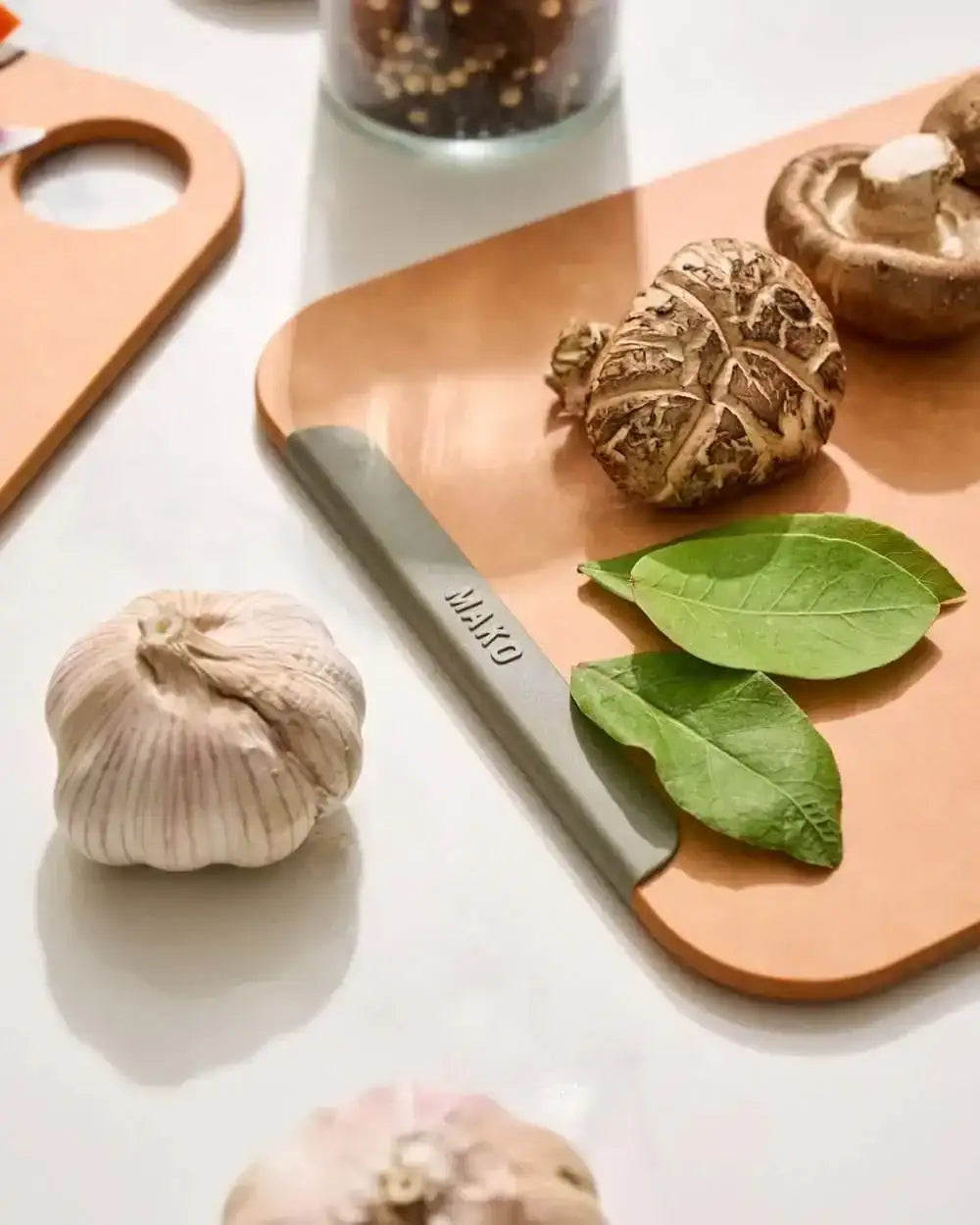What are the MAKO knives made from?
Each knife is crafted using 67 layers of Damascus steel, combining a hard central core of AUS-10 with 33 layers of high-carbon stainless steel on each side. These layers are folded, compressed, and forged together, creating the distinctive "Damascus pattern" on the blade. The layering adds strength and resilience, while the AUS-10 core delivers superior performance.
What is AUS-10 Steel?
AUS-10 steel is a high-quality Japanese steel known for its exceptional strength, durability, and precision. This steel, produced by the renowned Aichi Steel Corporation in Japan, is significantly more expensive and higher quality than typical Chinese-made steels.
What is the Rockwell hardness of these knives?
The Rockwell hardness (HRC) is a measure of steel's hardness, with the ideal range for knives being between 58-60. If it's lower, the knife can be too soft and inefficient; if it's higher, the knife may be more prone to chipping. Our knives are rated at 60 HRC—perfectly balanced for durability and performance.
Why a G10 Handle? And what is G10?
G10 is a high-strength composite material, chosen for its durability, comfort, and resistance to cracking or harbouring germs. Unlike wood, which can crack, or plastic, which can be slippery and wear down, G10 offers a reliable grip and long-lasting performance. Its ergonomic shape and unique texture feel great in hand, making it one of the best handle materials available.
Where are the knives made?
Our Japanese steel blades are made in Japan. The blade and handle are then assembled by a select group of skilled craftsmen in Yangjiang, China. Yangjiang boasts over 1,000 years of knife and sword-making heritage, making it a leading centre for Japanese-style knife production, polishing, sharpening, and balancing. Though the blade and handles are created separately, we ensure there is no compromise on performance, honouring the revered traditions of the knife smiths who have refined this craft over centuries.
How do I sharpen my knife?
We recommend using the MAKO Precision Sharpener to keep your knife in top condition. For the best experience and long-lasting durability, sharpen your knife every 7-8 uses using the MAKO Precision Sharpener or a whetstone to maintain a razor-sharp edge. The MAKO Precision Sharpener also has a honing component, which is used to realign the blade between sharpenings. Honing can be done as often as you like (professional chefs do this at least once a day). The MAKO Precision Sharpener is specifically designed for these knives, as not all sharpeners are suitable for AUS-10 steel due to its hardness.
How should I store my knife?
Store your knife safely in its original box, a knife block, or on a magnetic knife holder. Avoid leaving it to rattle around in a drawer, as this can damage the blade and compromise safety.
Are these knives designed for left or right-handed users?
Both! These knives feature a unique kidney bean-shaped handle that is ergonomically designed to work comfortably in either left or right hands.
Are these knives dishwasher safe?
No, please avoid placing the knife in the dishwasher. Doing so can damage the blade and affect its performance, as well as harm the handle due to high heat and harsh chemicals.
How should I hold the knife?
To properly hold a chef knife, grip the handle in a way that feels comfortable for you. Some people prefer to grip the knife at the bolster, while others prefer to hold the knife further back on the handle. In any case, keep your grip firm but relaxed, ensuring your wrist stays loose to allow for smooth cutting motions.
Why do I need a utility knife if I already have a chef knife and a Santoku knife?
A chef knife is versatile with a curved blade and pointy tip, great for chopping, slicing, and tackling larger ingredients like meats or tough vegetables. A Santoku, with its shorter, flatter blade, excels at precision tasks like slicing vegetables or fish, using a straight-down cutting style. A utility knife, with its smaller and more agile blade, is perfect for in-between tasks like trimming, peeling, or cutting smaller fruits and vegetables. Having all three makes kitchen prep easier and more efficient for a range of tasks.
Can I use Japanese knives on any cutting board?
While you can use Japanese knives on various cutting boards, it’s best to choose softer materials like wood, particularly the MAKO Chopping Board Range. Avoid using them on hard surfaces like glass or stone, as these can damage the edge and reduce the knife's lifespan. If you are looking to invest in high quality wooden chopping boards, see our MAKO Chopping Board Range.
